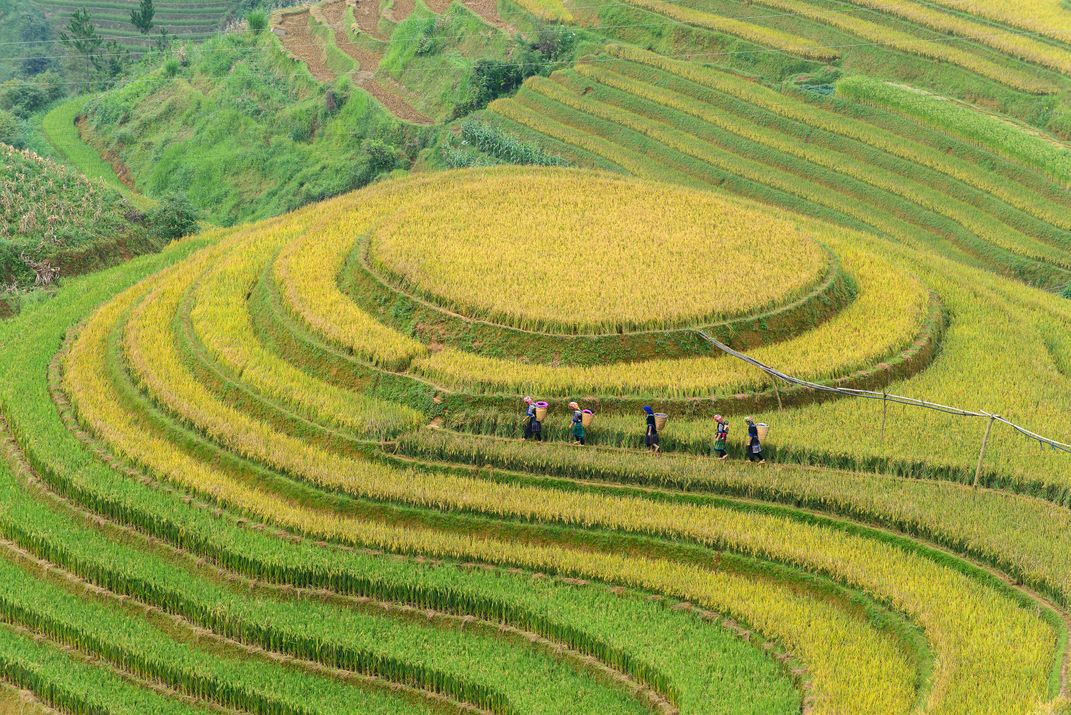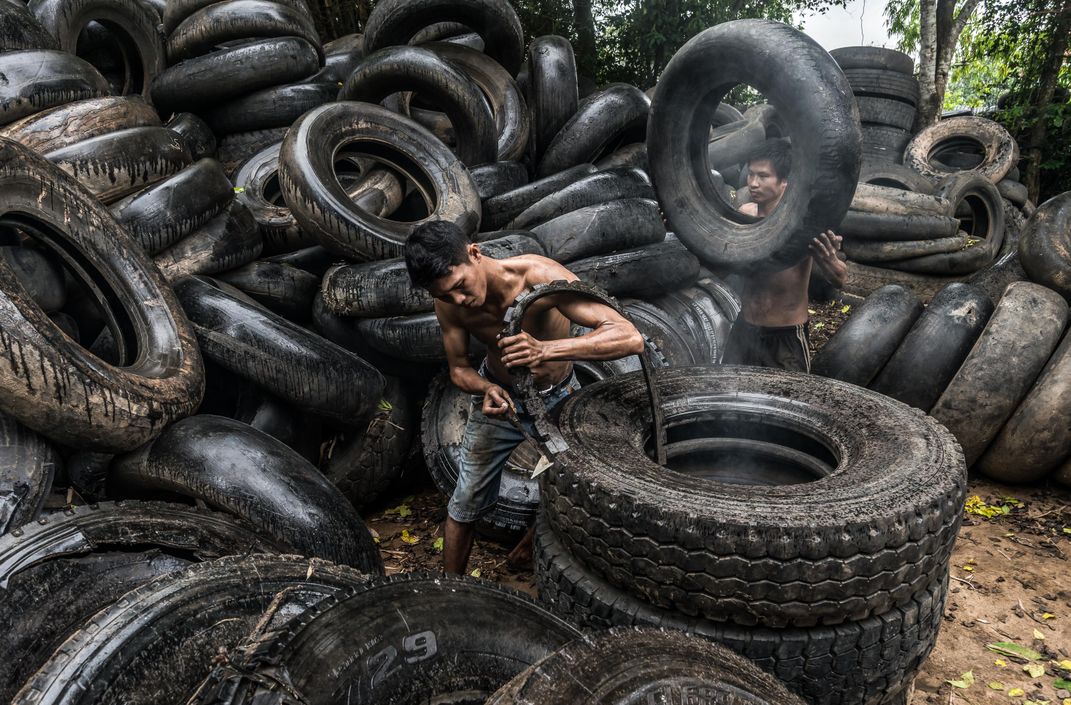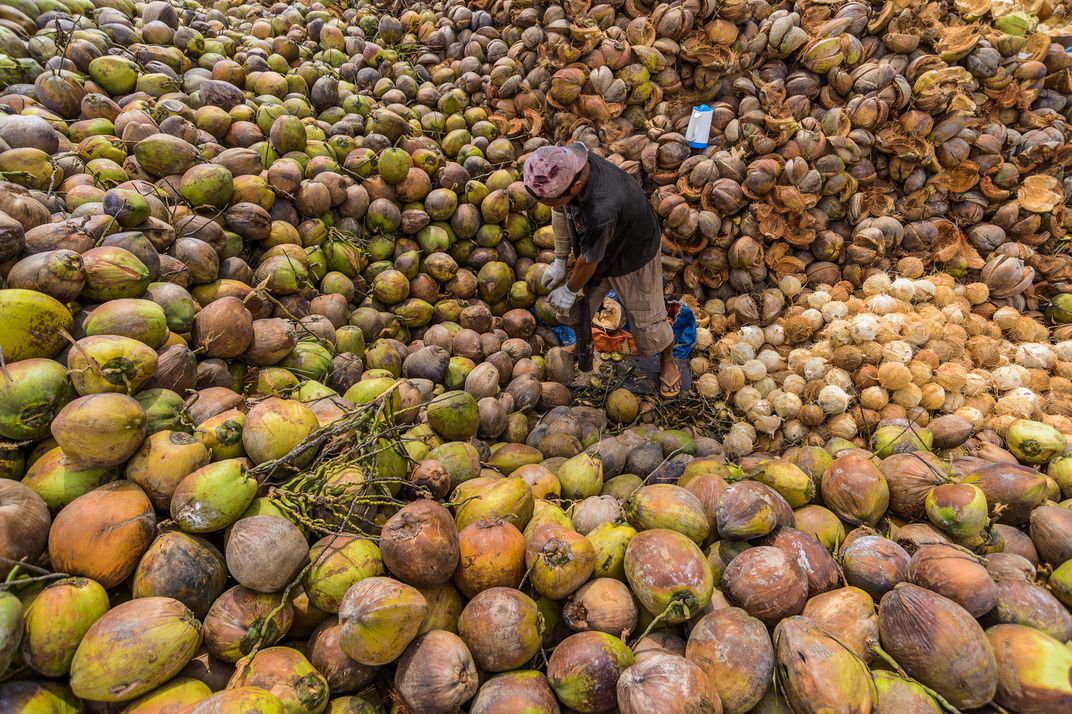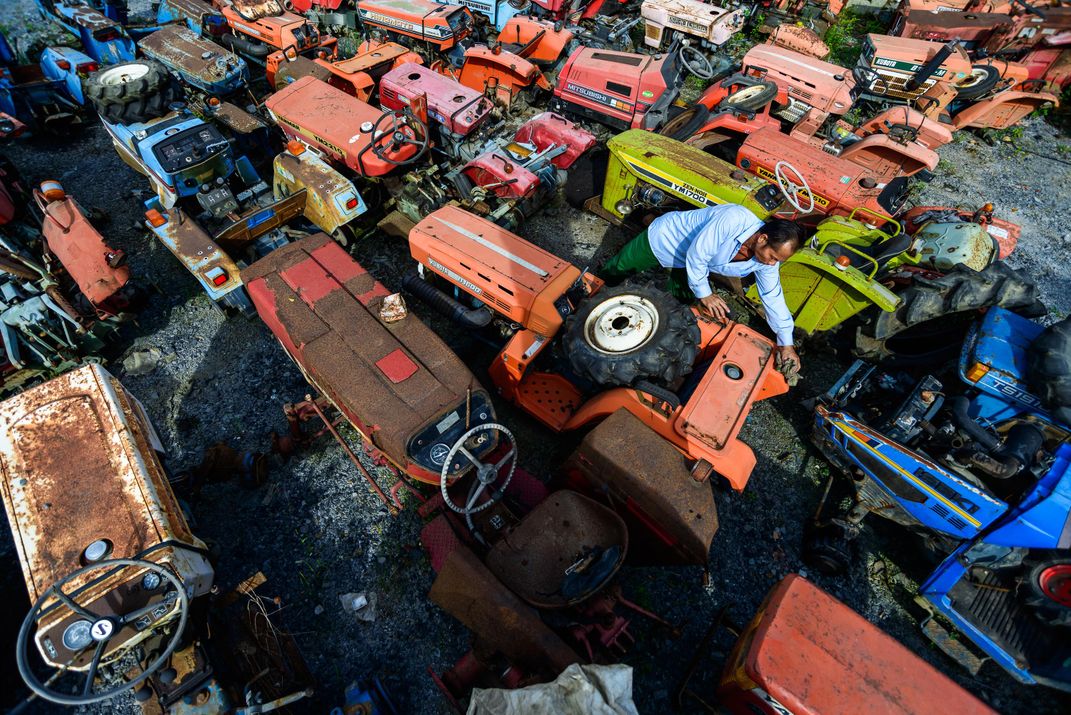From Skinning Coconuts to Tire Recycling, This Photographer Captures Vietnam at Work
Huynh Thanh Huy presents a striking portrait of a nation undergoing a dramatic shift from agriculture to manufacturing
This article is part of a series highlighting photographers who have submitted to Smithsonian.com's annual photo contest.
Nothing grabs Huynh Thanh Huy’s eye like the contrasts of manufacturing jobs: bright faces in tough workspaces, half-covered with clouds of dust and metal sparks. Jobs like these are still new in Huy’s home country of Vietnam, but they have become plentiful over the last decade. A web of foreign corporations like Samsung, Intel and LG and more than 10,000 others have set up manufacturing centers there, propelling the country into a rapid period of industrialization. From 2014 to 2016 alone, the country added roughly 1.5 million manufacturing jobs.
In his photography, which he submitted as a part of the Smithsonian’s 17th annual photo contest, Huy captures the changing landscape of labor in Vietnam, highlighting the ways in which more traditional work—peeling coconuts, drying noodle mats—has co-existed with the rising crop of new manufacturing labor. His photographs frame people against the backdrop of their workspaces, emphasizing the staggering scale of their creations.
Huy, who grew up in a family that harvested coconuts in the countryside of Vietnam’s southern coast and now works as a manager at a German window company in Ho Chi Minh City, has witnessed these rapid shifts firsthand.
During his youth, photography was a rarity. “Buying one film camera was an extreme luxury only given to very rich people,” says Huy. But the first time Huy saw a black-and-white photo of his hometown, he knew he wanted to be able to document his changing country along the same lines. “I loved it so much and I used to wish to have one camera to capture photos by myself,” he says.
Today, Huy is drawn to the different ways agricultural and manufactured goods are produced. To better understand the experiences of his company’s workers, Huy visits manufacturing plants across the country, and it is through these tours that he meets the people behind his photography. When he visits a plant that catches his eye, he talks to the workers—and after his day job ends, he comes back with his camera. The fact that he’s already visited the plant for his day job has its benefits: he knows the rhythm of the space and encourages workers to go about their work as if he weren’t there. “I tell them, you do whatever daily job you do, don’t worry about me, I’m just your friend,” he says.
His photos of agricultural workers happen differently. When feeling overwhelmed by the pace of his job, Huy makes a habit of returning home, and in those moments of escape, he finds joy watching agricultural work. “I still love my countryside,” he says.
In one shot from a bamboo curtain shop outside Ho Chi Minh, Huy uses his Nikon D800E to immortalize the traditional art of stringing curtains. But, as Huy frames it, the dried bamboo pieces are so massive that the craftsperson seems to disappear beneath them.
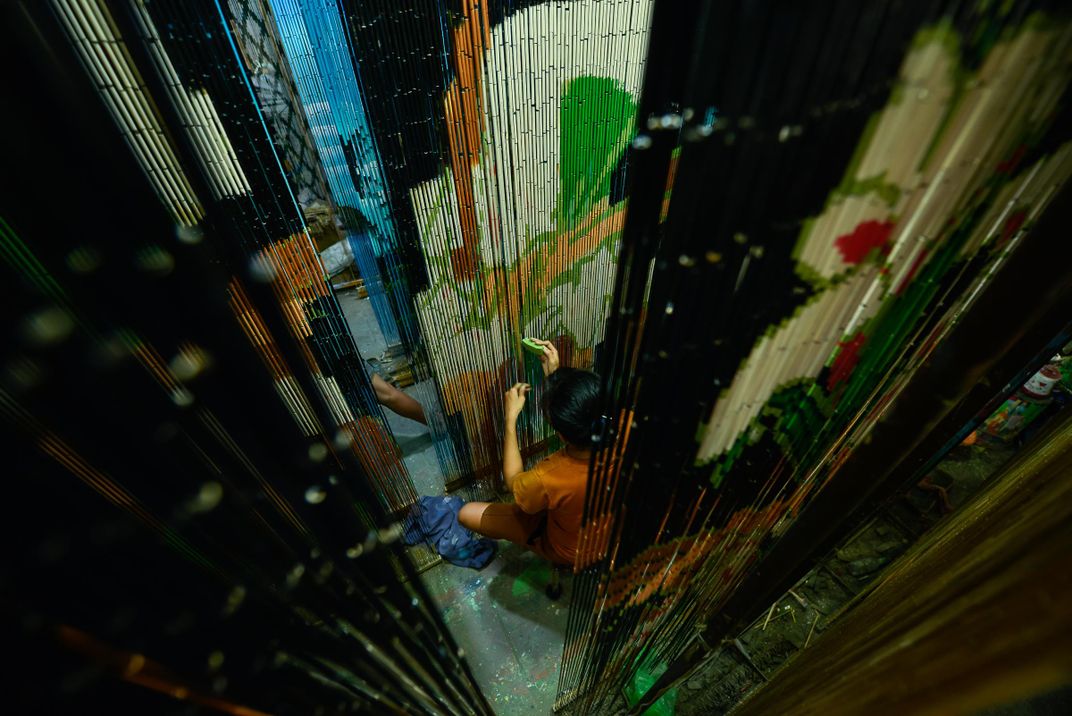
In another photo, taken at an oil warehouse in Hanoi, a worker checks the labels on a series of petroleum barrels. Through Huy’s eyes, the mass of deep blue oil barrels fills the frame—representative of his aim to, as he puts it, “find the beauty of industrial workers at their workshop, to capture nice moments during their jobs.”
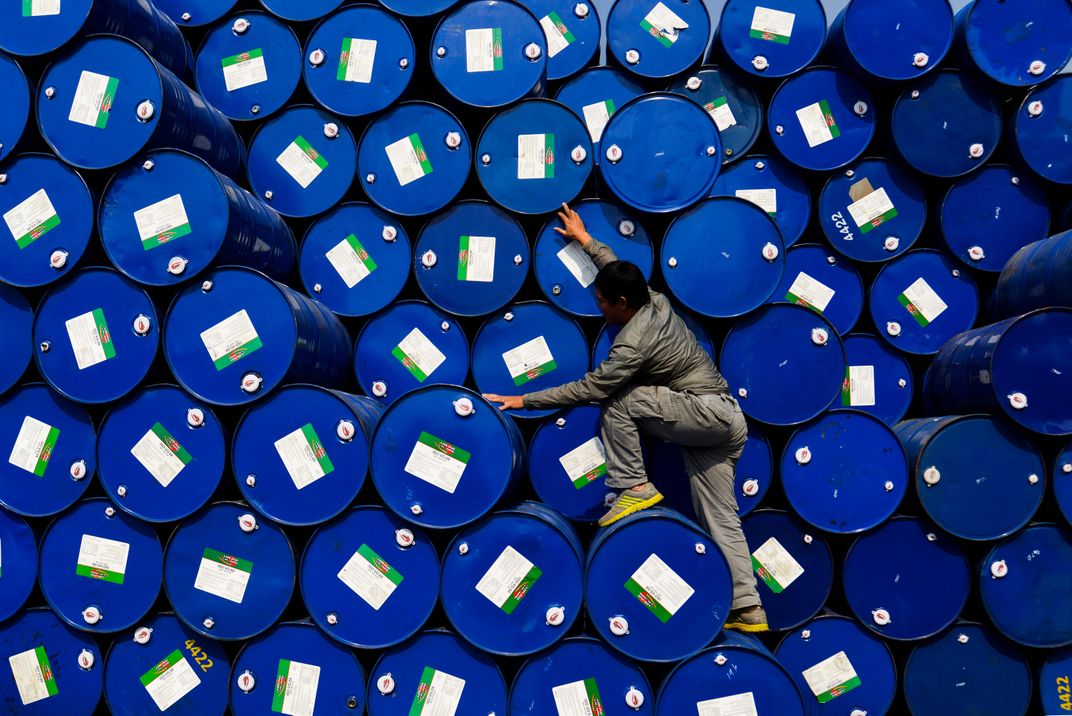
Huy took that photo after a multi-day business trip to the city. It was one of about eight shots in all, and Huy remembers that he had to snap them in a rush. “The warehouse workers advised me to keep away from the barrels as they could roll down unexpectedly,” he says.
Huy pays particular attention to an inherent by-product of manufacturing: the rise of disposable waste. With products from plastic to steel pipes designed without regard for sustainability, manufactured goods languish in the environment for long after their planned obsolescence. That’s why Huy has taken a special interest in photographing Vietnamese workers who have innovated ways to reuse manufactured goods. Through his photographs, he wants to show that solutions exist to our system of waste.
Among his featured subjects is a woman who dries out plastic containers that cook the nata de coco, a jellylike snack made from fermented coconut water, so that they can be used again; a man who works in a tire-recycling workshop in Quang Ngai city, cutting up tire rubber to be made into essential appliances; and a group that collects garbage at sunrise in the Ben Tre province.
Huy sees his art less as a hobby than as his mission. “I have to do something to contribute more awareness of the environment,” he says.
As Huy travels around Vietnam for his day job, he will continue to scout out ways to capture how the new economy has changed—and not changed—labor in his country. He hopes to continue to prioritize those workplaces that actively work with reusable material.
“We should work together and think about how to rebuild production and make every country a sustainable, good environment,” Huy says.
Submit now to our 17th Annual Photo Contest!
 Submit now to our 17th Annual Photo Contest!
Submit now to our 17th Annual Photo Contest!
/https://tf-cmsv2-smithsonianmag-media.s3.amazonaws.com/filer/44/42/4442060e-199d-42ab-b469-470d18e3ae88/05d0043c-2b79-4da8-9ddf-b69b3bd5afb8.jpg)
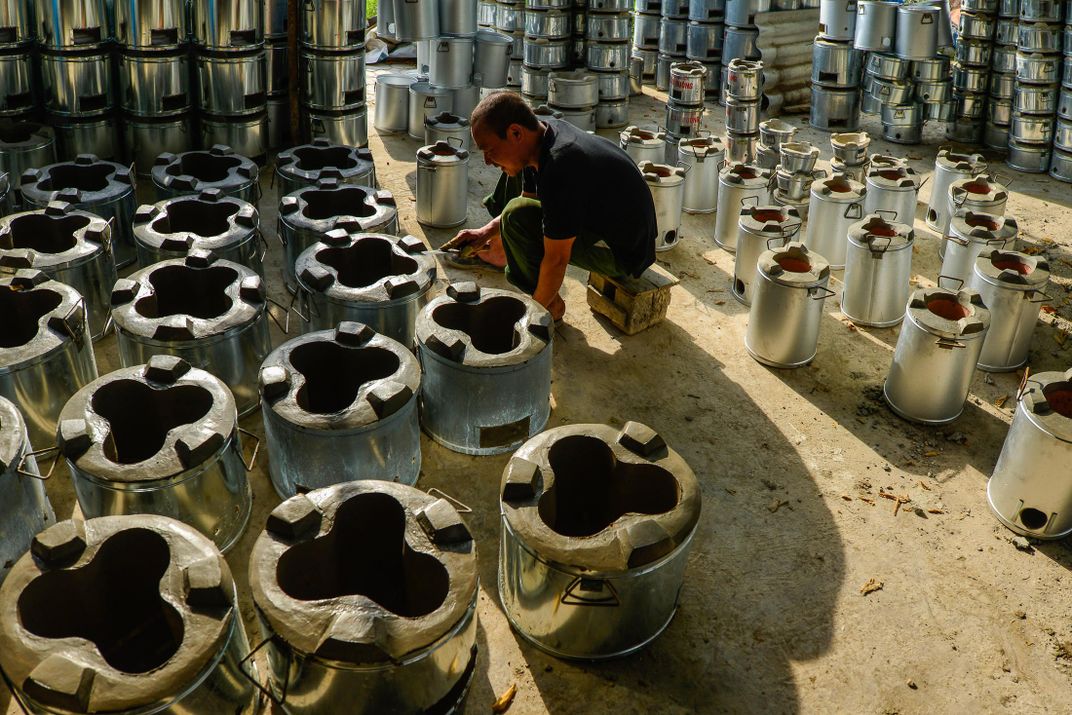
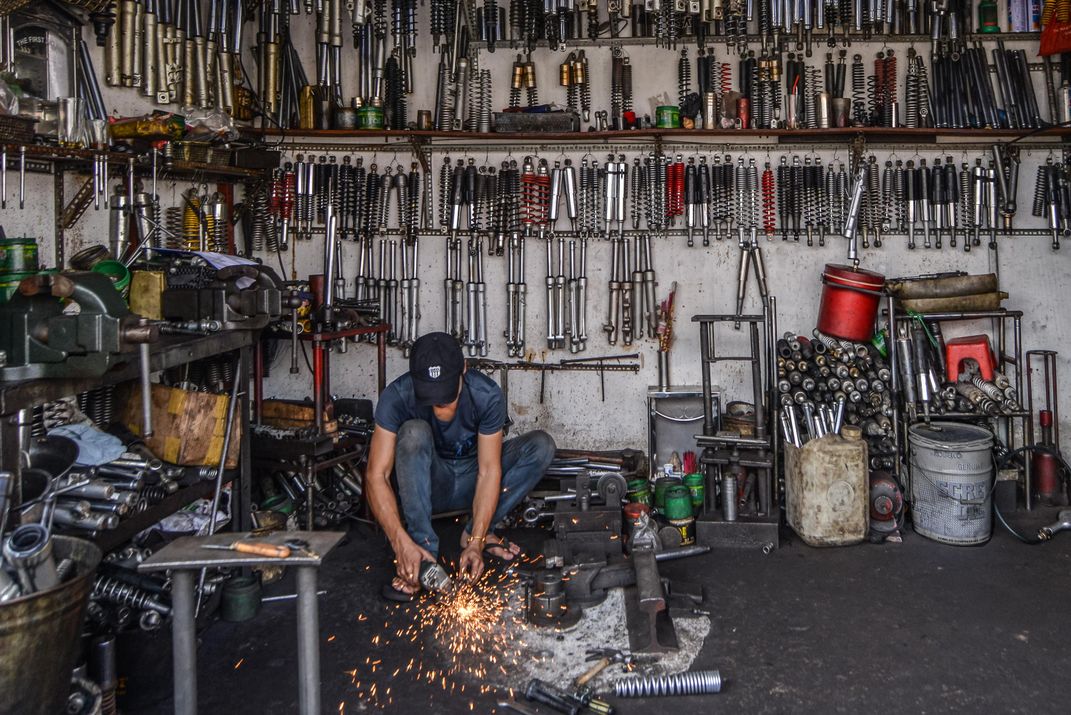
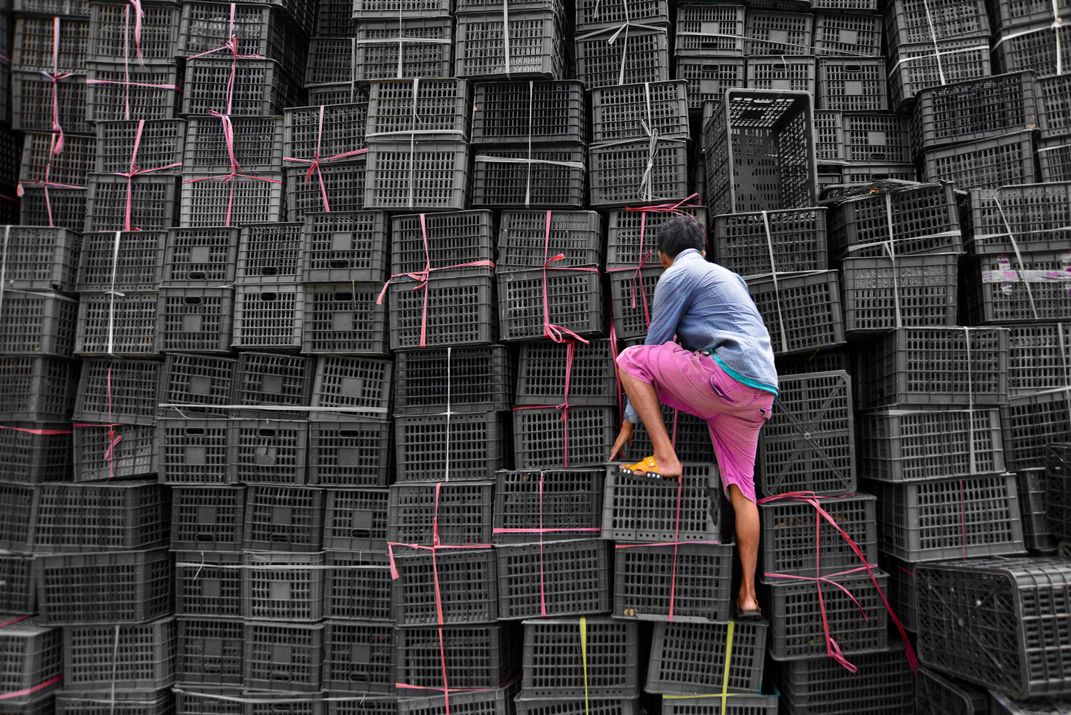
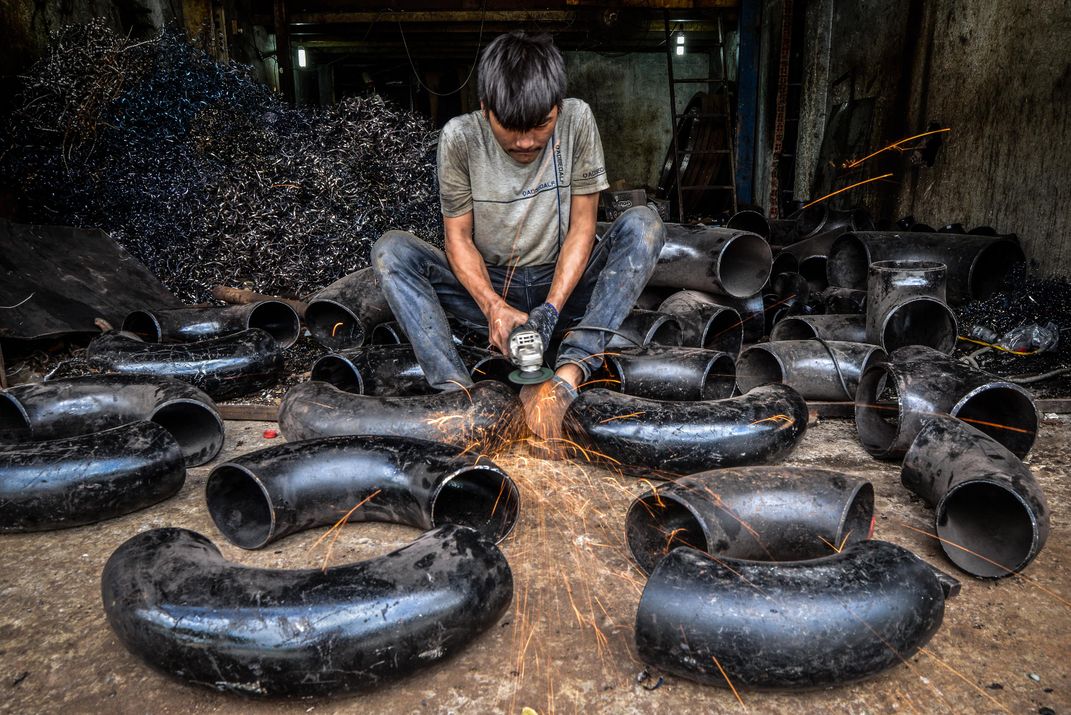
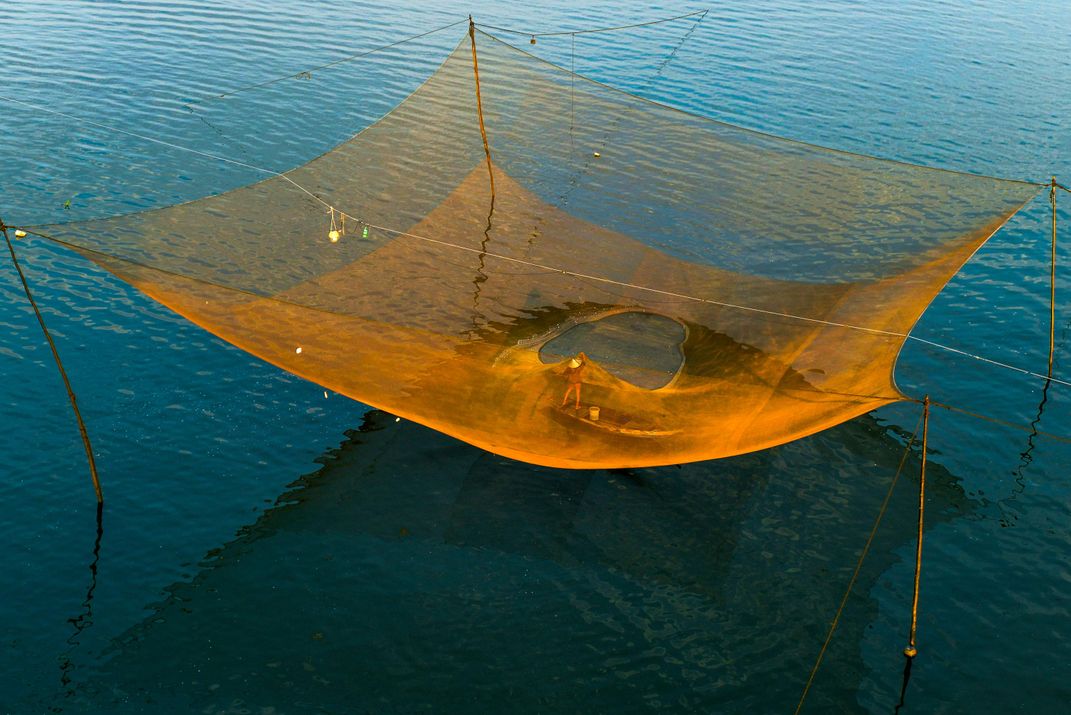
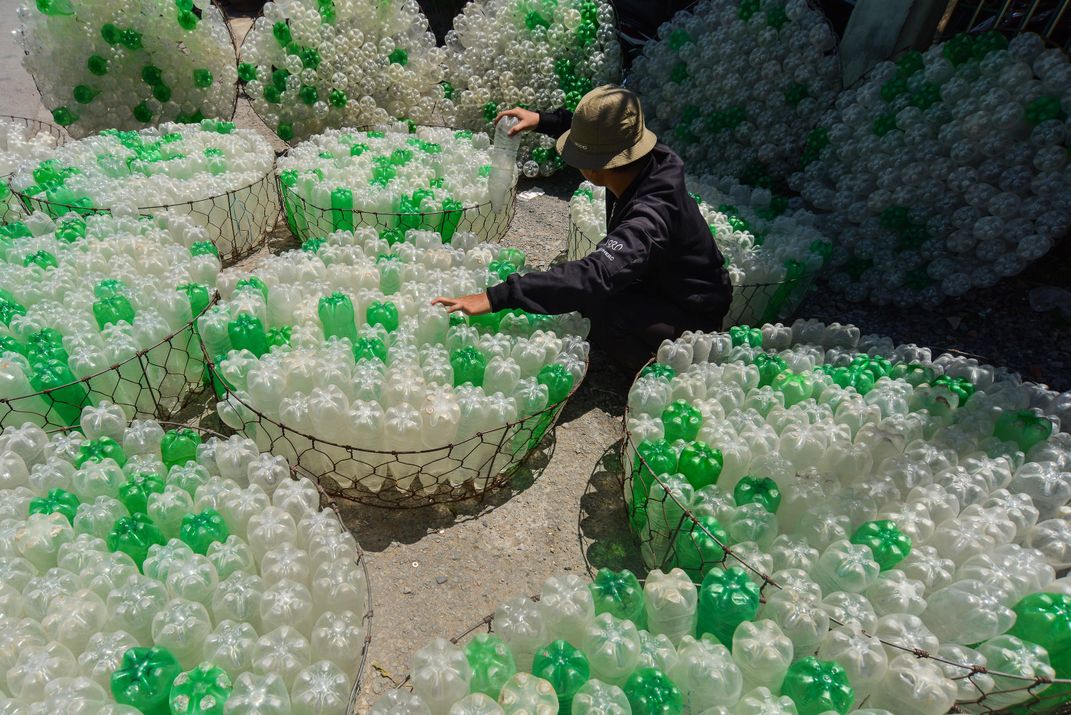
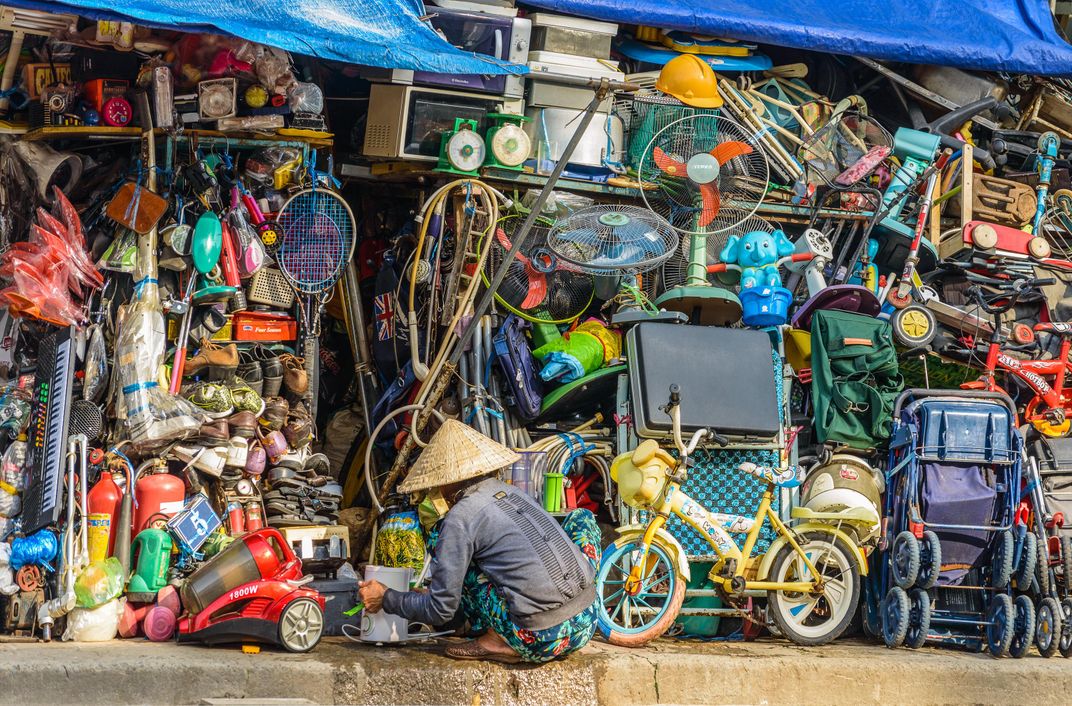

/https://tf-cmsv2-smithsonianmag-media.s3.amazonaws.com/filer/1e/48/1e48cd3f-6dd8-4812-ae88-54e36f824b22/c28734f9-846c-4215-91f2-b798ea98af4b.jpg)
